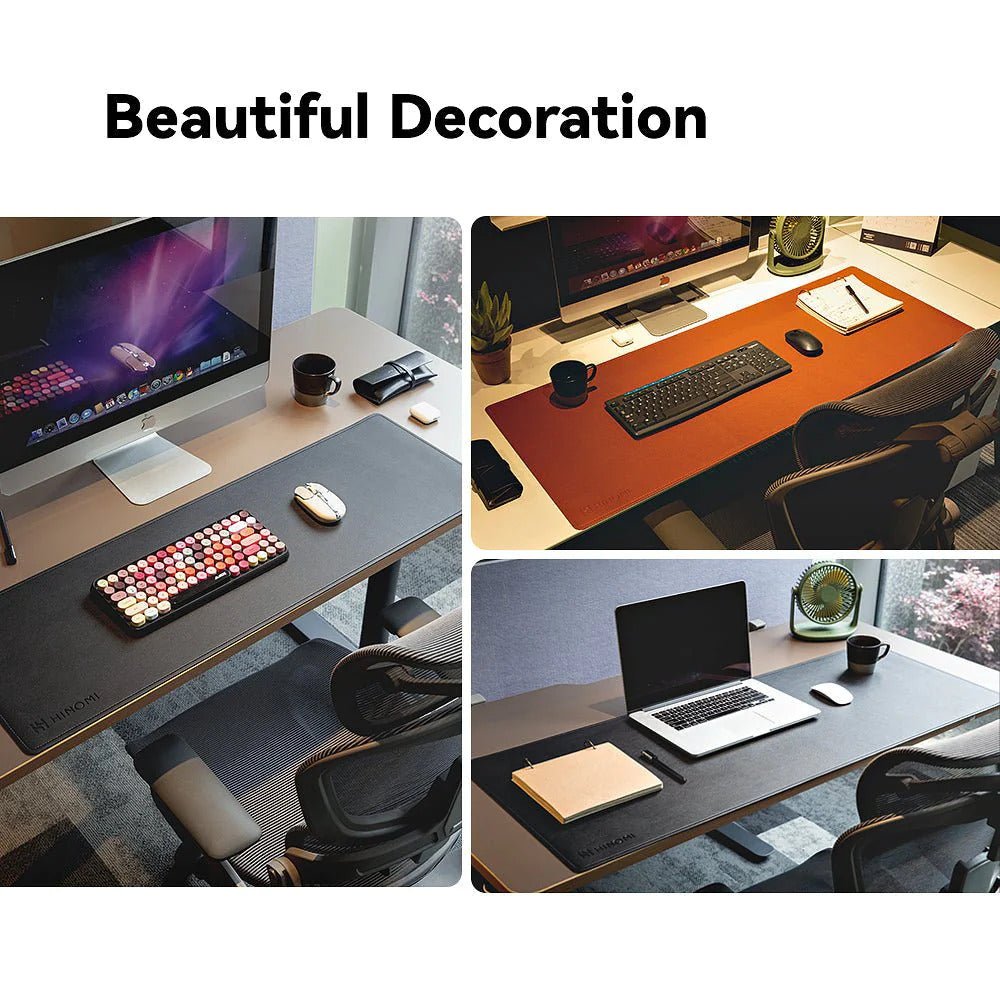
Creating an Ergonomically Perfect Workplace: A Guide to Optimize Productivity and Well-being
Share
Creating a perfectly ergonomic workplace is crucial for maintaining productivity, reducing the risk of injuries, and improving overall well-being. In today's fast-paced and sedentary work culture, it is more important than ever to prioritize the design and setup of our workspaces.
What is ergonomics?
Ergonomics is the science of designing and arranging the environment and tools to fit the individual's needs and capabilities. It aims to optimize the interaction between humans and their work environment, ensuring comfort, efficiency, and safety
The importance of ergonomic design
An ergonomic workplace design is essential for several reasons:
1. Productivity: A well-designed workspace can enhance productivity by reducing physical and mental stress. When employees are comfortable and properly supported, they can focus better and work more efficiently.
2. Health and well-being: Poor ergonomics can lead to various musculoskeletal disorders, such as back pain, neck strain, and carpal tunnel syndrome. By designing a workspace that promotes proper posture and reduces strain, we can help prevent these issues and promote overall well-being.
3. Safety: Ergonomic design also plays a significant role in ensuring workplace safety. By eliminating hazards and designing workspaces that minimize the risk of accidents, we can create a safer work environment for employees.
Elements of an ergonomic workplace
To design a perfectly ergonomic workplace, we need to consider several key elements:
1. Ergonomic furniture: Invest in adjustable chairs and desks that can be customized to individual needs. These should provide proper support to the spine, promote good posture, and allow for easy adjustments.
2. Proper lighting: Adequate lighting is crucial to reduce eye strain and improve visibility. Natural light is ideal, but if not available, use adjustable task lighting to provide sufficient illumination.
3. Ergonomic accessories: Consider ergonomic accessories such as keyboard trays, monitor stands, and wrist rests to promote proper posture and reduce strain on the wrists and arms.
4. Organized and clutter-free workspace : A well-organized workspace promotes efficiency and reduces the risk of accidents. Keep essential items within easy reach and minimize clutter to create a clean and organized environment.
5. Regular breaks and movement : Encourage employees to take regular breaks and engage in physical activity throughout the day. Sitting for long periods can lead to various health issues, so it is important to incorporate movement into the work routine.
